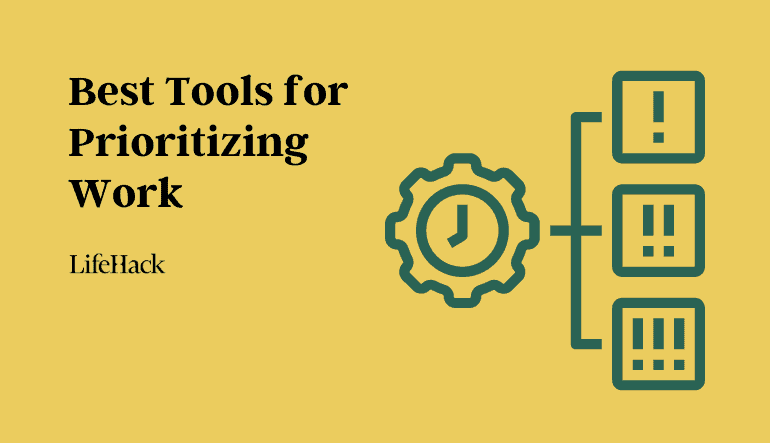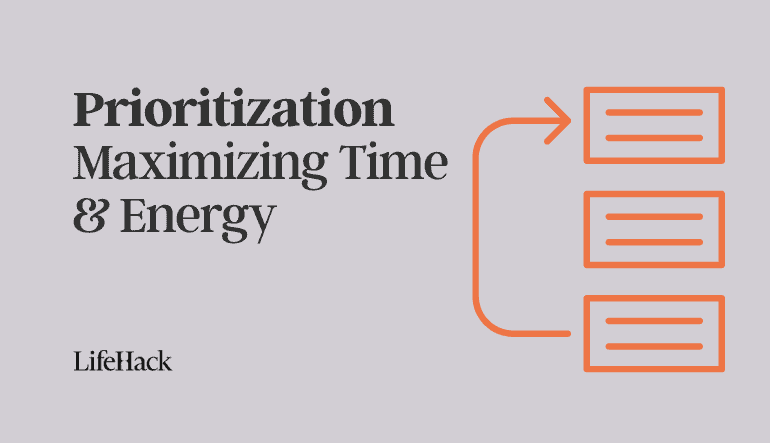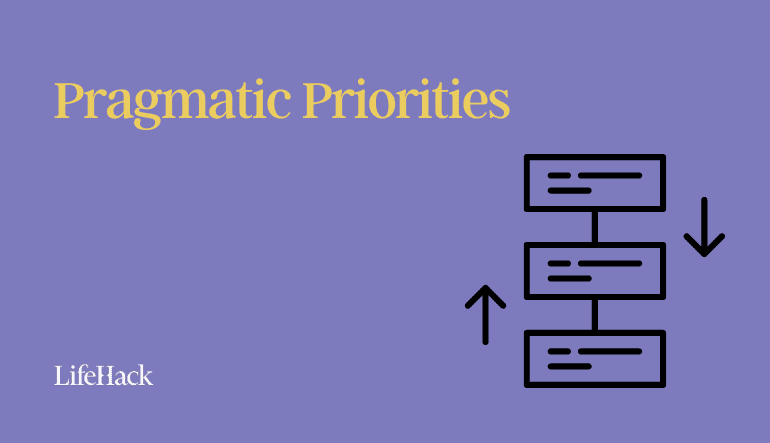“I never dreamed about success. I worked for it.” – Estee Lauder
Success.
We all like this word; we all use this word; and it’s pleasant to hear and read.
Did you also know that it’s one of the most googled words?
But what does it mean?
Success is the accomplishment of an aim or purpose, and it can also be considered the attainment of fame or wealth.
We all want to accomplish our goals, we all want to attain wealth and many of us dream of attaining fame. But what keeps us from it? What blocks our path to success? And most importantly, what is the secret key to success?
The Big Mistakes
“I definitely would never go back to my 20s. The best is yet to come.”- Celine Dion
Sometimes it happens that, after months or years of efforts and work, we give up- just because we can’t see results.
We feel discouraged, because we compare our present to our past and we make the common mistake of believing that we cannot achieve the same success that we previously achieved, maybe because then we were younger, smarter, or luckier. Not only is this a common mistake, but also a colossal and naive one.
Now, after years of work and achievements, we have more experience, and as a result, more tools to help us to successfully reach our goals. Because of this, thinking that the best has come already is a limiting belief, something we are convinced of that hampers our ability to seize opportunities to succeed again and again in life.
Another very common mistake is deciding to give up when success is right around the corner, because we are exhausted. In doing so, we lose all we were about to achieve. It’s like digging a hole for hours to find treasure, and giving up just two or three inches before reaching it, because we are impatient and believed we would not find it there.
Remember that real success takes time, and sometimes it includes feelings of failure as well.
This is why I want you to understand that the key to success is tenacity, because you can accomplish whatever you want, if you are committed to your goal.
Dangerous Consequences
“If you’re trying to achieve, there will be roadblocks. I’ve had them; everybody has had them. But obstacles don’t have to stop you. If you run into a wall, don’t turn around and give up. Figure out how to climb it, go through it, or work around it.” – Michael Jordan
If you believe that the best things in your life are in your past, and that happiness and success will never come back, you are sabotaging your present and unavoidably your future.
You have to be careful with this kind of mental behavior because it may prevent you from succeeding in many areas of your life, such as relationships and career- and it may be the cause of low self-esteem and poor life satisfaction.
Never give up just because you don’t see any immediate results; if you make this mistake, you will regret it in the future.
What Can I Do?
Some Practical Tips
To prevent such a mechanism impairing your life, you must convince yourself that the best has yet to come and that you can still accomplish a lot in your life.
In other words, in order to stop these self-sabotaging thought patterns, you have to follow some very simple steps.
First of all, what you need to do is take a piece of paper and divide it into two parts. Second, write down the negative beliefs that you think are obstructing your success in the first section.
Then, in the other section, identify the things that you want and can achieve- the things that would make you the happiest person on earth.
Then, use the power of the dreams that you want to realize, to prove to yourself that your limiting beliefs are affecting your life, and start working hard to reach your goals.
Believe that the best has yet to come, learn to be patient, and succeeding will be easier.
This way you will feel more satisfied, and the most interesting thing is that you will find yourself working even harder for your success.
“Man learns through experience, and the spiritual path is full of different kinds of experiences. He will encounter many difficulties and obstacles, and they are the very experiences he needs to encourage and complete the cleansing process.” – Sai Baba
Successful People You Should Emulate
“Let me tell you the secret that has led me to my goal. My strength lies solely in my tenacity.” – Louis Pasteur
Did you know that a man called Henry Ford failed five times before founding Ford Motor Company? Yes, you read correctly, he failed five times, but he was determined and believed that he could succeed, so he tried again.
Have you ever heard of an engineer who had an unsuccessful job interview with Toyota, and started his own business? His name was Soichiro Honda, and he was the creator of the billion-dollar business, Honda.
Did you know that before he became famous, Walt Disney was working for a newspaper and lost his job because “he lacked imagination and had no good ideas”?
Also, many years ago, a secret chicken recipe was rejected 1,009 times before a restaurant accepted it. The person who was trying to sell this recipe was Colonel Sanders, the creator of KFC.
“If you can dream it, you can do it.” – Walt Disney
What do those people have in common?
Well, the answer is very simple: they didn’t let anything discourage them, and they persisted in what they were doing.
They knew pretty well what the key to success was. They knew that real success needs time, and sacrifice, and it doesn’t come overnight.
Those people kept believing that the best was yet to come.
“I’m excited about what the future will bring and I think the best is yet to come.” – Alonzo Mourning
Image: Anthony Quintano
Featured photo credit: Paul Bica via flickr.com













































